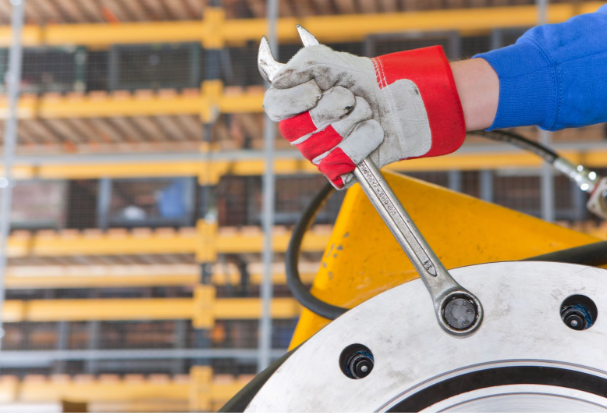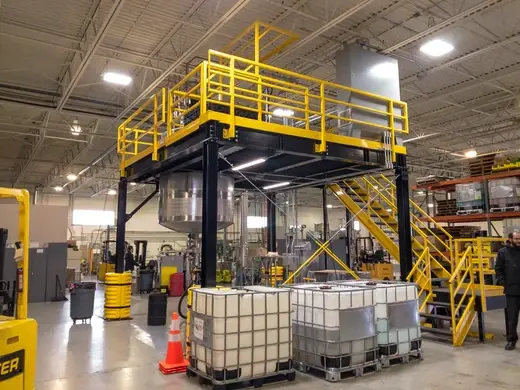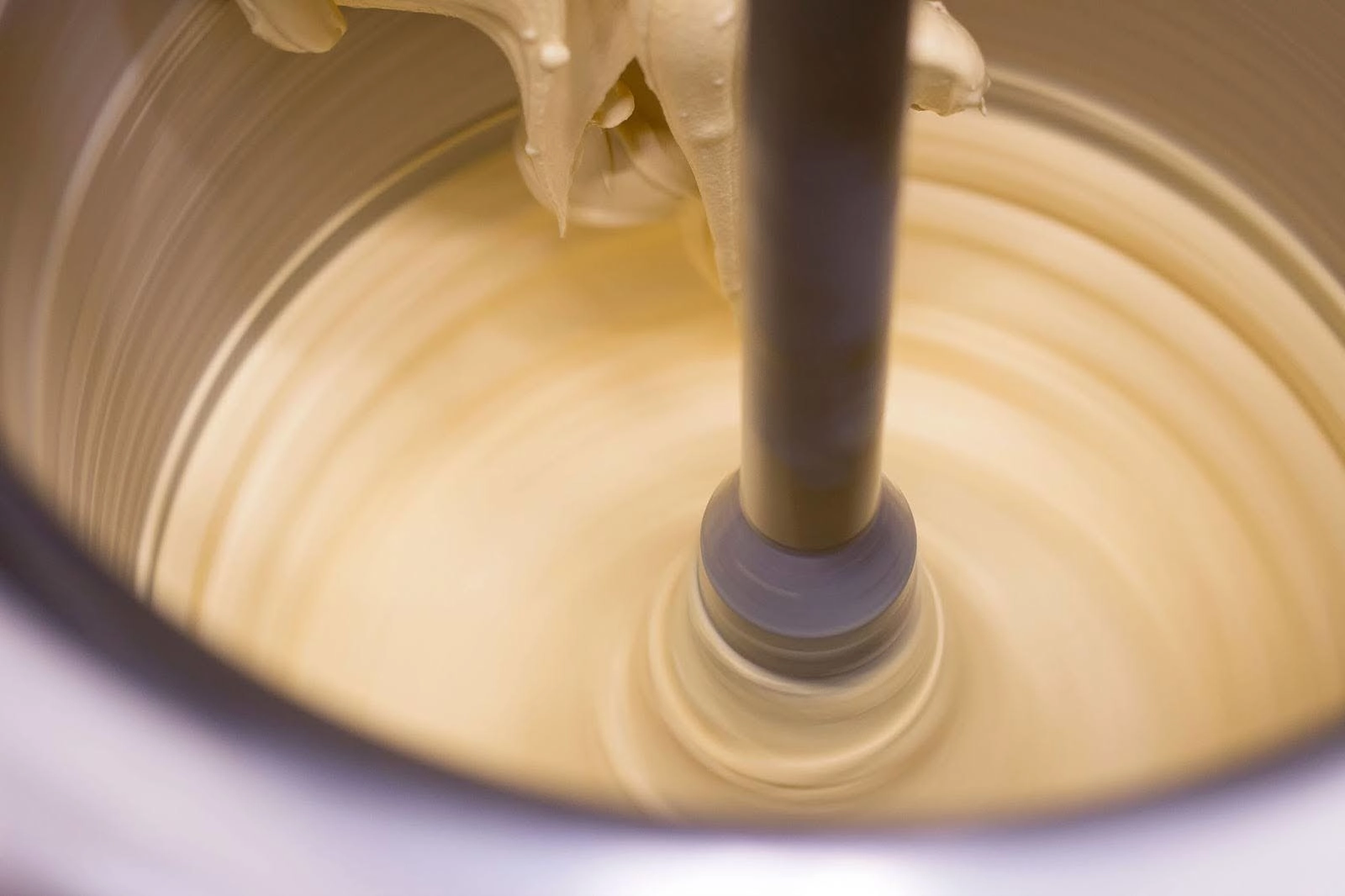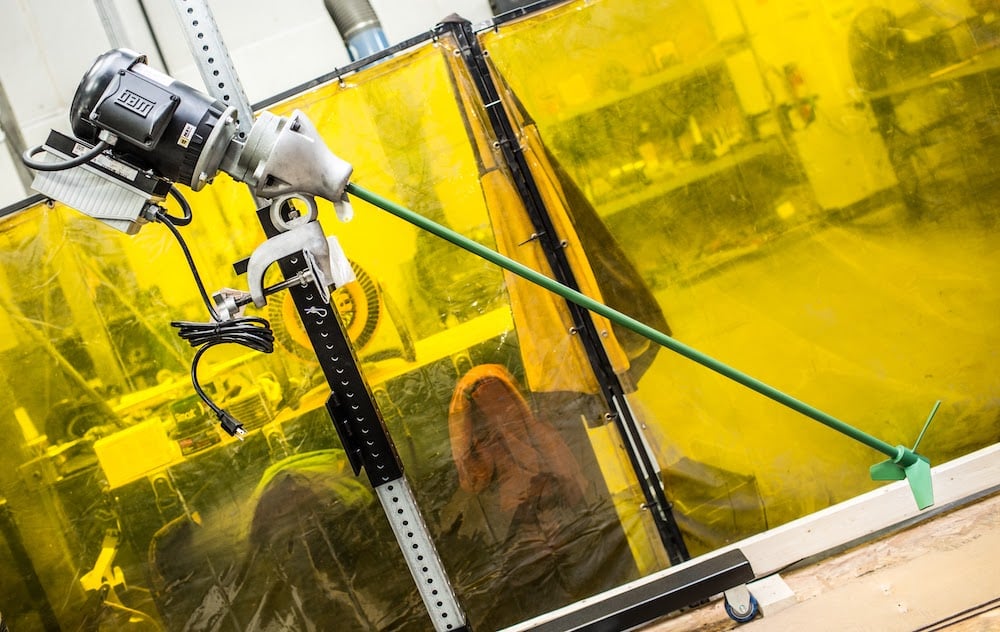Industrial Mixers: Batch & Continuous Mixers Explained
Without industrial mixers, numerous industries would not have sufficient product to meet demand. The availability of both batch and continuous mixers...
5 min read
MXD Process Dec 12, 2023 12:13:27 PM

Imagine two cars, both the same make and model, driving down the highway. One car is well-maintained, with regular oil changes, tune-ups, and tire rotations. The other car is neglected, with no regular maintenance. What happens to these two cars over time?
The well-maintained car continues to run smoothly and efficiently for many years. It rarely breaks down and requires minimal repairs. The neglected car, on the other hand, starts to experience problems early on. It may have frequent breakdowns, require expensive repairs, and eventually become undrivable.
The same is true for industrial mixers. These machines play a vital role in mixing and blending ingredients to create various products. However, like any other piece of machinery, industrial mixers require regular maintenance to ensure optimal performance and longevity.
A preventative mixer maintenance checklist can help you keep your mixer running smoothly and avoid costly repairs down the road.
Here are some of the key items to check regularly:
Before performing any maintenance tasks, visually inspect the mixer for any signs of damage or wear and tear. Check all external components such as the motor, drive shafts, and blades for any signs of cracking, corrosion, or other damage. Tighten any loose screws or bolts.
Replace any industrial mixer parts that appear to be worn out or damaged.
Regularly clean the mixer with a soft cloth or brush to remove dust and debris from the exterior components. Be sure to also clean the interior of the mixer thoroughly using an appropriate cleaning solution.
Cleaning your mixer includes removing any debris or build-up from the exterior and interior surfaces of the mixer, as well as cleaning the blades and attachments. Check for any signs of wear or damage that could lead to future problems.
You can also use dry ice to clean food processing mixers. It’s an environmentally friendly way to clean that doesn’t scratch or corrode your equipment.
The seals on an industrial mixer can become worn over time due to exposure to heat or chemicals, causing them to become brittle or cracked. Ensure that all moving parts are properly lubricated with high-quality lubricants recommended by the manufacturer. This will help keep them running smoothly and reduce friction between components, which can cause wear and tear over time.
Check all seals on the mixer for signs of wear and tear or leakage. If necessary, replace any worn-out seals with new ones as soon as possible to prevent further damage to other components within the mixer system.
Using high-quality seals that are designed to withstand the specific pressure, temperature, and chemical conditions of a mixer can significantly enhance the equipment's longevity.
Visually inspect the main drive shafts for any signs of bending or warping due to impact from foreign objects or vibrations from the operation of the mixer system itself. If necessary, use a straight-edge ruler to ensure they are aligned correctly before continuing maintenance tasks on other components within the system.
If there are any discrepancies between the alignment of the shafts and blades, then they should be adjusted to prevent damage from occurring due to misalignment.
If something has hit the mixing shaft, it can bend it out of shape and create vibrations when running. This will cause excessive strain on other components, leading to premature failure.
Check drive belts and gearboxes for signs of wear and tear such as cracks or fraying edges that could lead to breakage when the mixer is in use.
Aside from visual inspections, listening to the sound the belt makes during operation can also be informative. A squealing noise may indicate that the belt is worn out and needs to be replaced.
When listening to a gearbox, check if gears are spinning loudly or out of time with the rotations of the shaft. This would indicate a problem that should be immediately addressed.
Regular physical inspections should be carried out to check for visible signs of damage. Any signs of chips or bends on the blades and impellers can indicate an uneven force distribution during operation, leading to potential imbalances or system failures. In addition, corrosion on the blades and impellers can suggest the presence of chemical reactions that might be detrimental to the mixer's performance or the quality of the mixed product.
Replace any damaged blades or impellers immediately.
Regularly changing the oil is not merely a suggestion but a necessity, as it ensures the smooth functioning of the mixer's moving components and reduces the likelihood of damage due to friction or overheating. It is important to note that oil doesn't simply act as a lubricant but also serves as a coolant, reducing heat buildup within the system. Use only high-quality oils recommended by the manufacturer to maximize efficiency levels over time.
Check industrial mixer attachments such as agitators and scrapers for signs of wear and tear such as cracks, chips, or corrosion, and replace any damaged attachments.
Also, make sure to use the right attachments for the job. Different types of attachments are designed for different applications. Using the wrong attachment can damage the machine and produce poor results.
Periodic performance level testing is key to averting potential issues with your industrial mixer. This involves several variables:
Monitoring vibration levels helps detect potential issues with internal components like motors, gearboxes, and couplings. Unusual vibrations can be a telltale sign of issues such as imbalance, misalignment, wear, or looseness in the equipment's components. For example, an imbalance in the mixer's rotating elements may produce excessive vibration, while misalignment may cause an irregular vibration pattern. Similarly, wear and tear on the components or loose parts in the mixer can also result in abnormal vibration levels.
Electrical components, like wiring harnesses, switches, and motors should be inspected regularly to ensure the electrical system is working safely. Regular inspections will help avoid potential electrical hazards such as shorts or fires caused by faulty wiring connections or loose components inside control panels.
Safety features — such as emergency shut-off switches, guardrails, safety locks, and safety interlocks — should be tested regularly to ensure they will operate correctly in case of an emergency like overheating due to excessive load on the motor.
Safety labels and signals should also be visible and legible.
Periodic fine-tuning of the speed settings can ensure the mixer operates at the optimal speed for the specific mixing task, enhancing efficiency and extending the lifespan of your industrial mixer. Excessively high speeds can lead to premature wear of the mixer’s components and potentially unsafe operating conditions. Alternatively, if the speed is too low, the mixture may not be properly combined, leading to inconsistent product quality.
To ensure optimal performance and longevity of your industrial mixer, it's essential to go beyond the basic maintenance checklist and adopt additional practices that enhance equipment care.
Here are some additional tips for keeping your industrial mixer in good condition:
By following these preventative maintenance procedures and additional tips, you can extend the lifespan of your industrial mixer, ensuring optimal performance and safety for years to come.
Just like making sure your car is properly maintained, regular maintenance is crucial for preventing costly repairs and downtime, ultimately saving you money and maximizing the productivity of your industrial mixing equipment.
Have mixer maintenance questions? Contact us today!

Without industrial mixers, numerous industries would not have sufficient product to meet demand. The availability of both batch and continuous mixers...

Across many industries, industrial mixers play an essential role. From the food and beverage industry to pharmaceuticals, cosmetics, and adhesives,...

A mixer shaft is simply the piece of material that connects the motor to the impeller. The shaft can vary by diameter, length, and material. The...